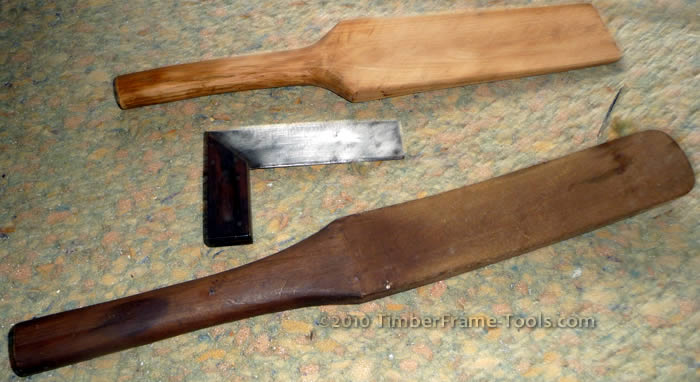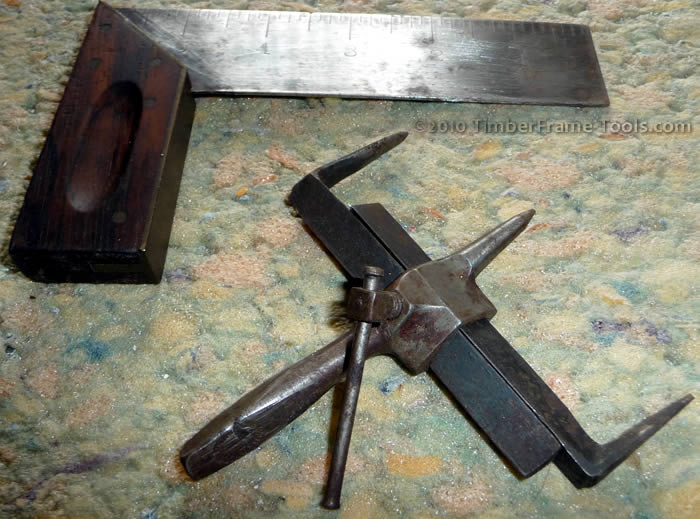Marking Hatchet?
This odd hand axe belonged to my Great Grandfather (Living in Swain NY in the first half of the 1900's). He was a farmer, ran a small saw mill and made maple syrup among many other things. This hatchet may have been connected to one of these activities. If anyone knows more about this particular marking axe, I'd enjoy hearing about it.
The axe is just over 12" in length. Has a 2" rounded blade that is not sharp and appears to never have had a bevel applied to it. The iron looks hand forged (not mass produced). The handle seems rather slender for a hatchet, or even a hammer of this size. The end opposite the blade makes a stamp of "T5" if struck on a piece of wood. The only other noteworthy part about it's condition is that the handle near the iron head has some charring all the way around it.
My guess is that it may have been used for marking lumber or logs, though the wimpy blade makes me think it might have been used for something softer than wood.
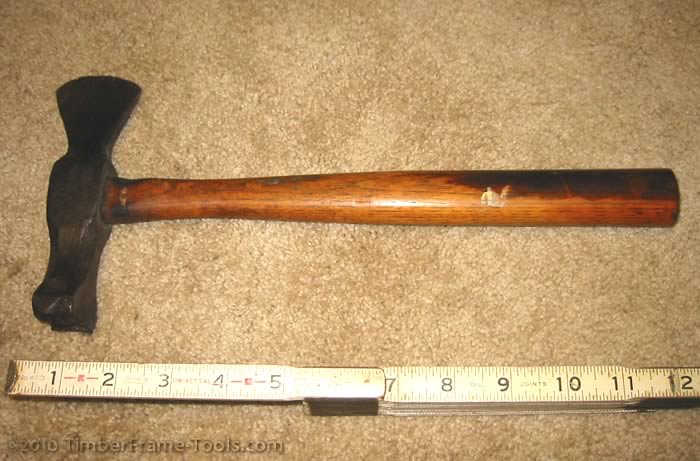
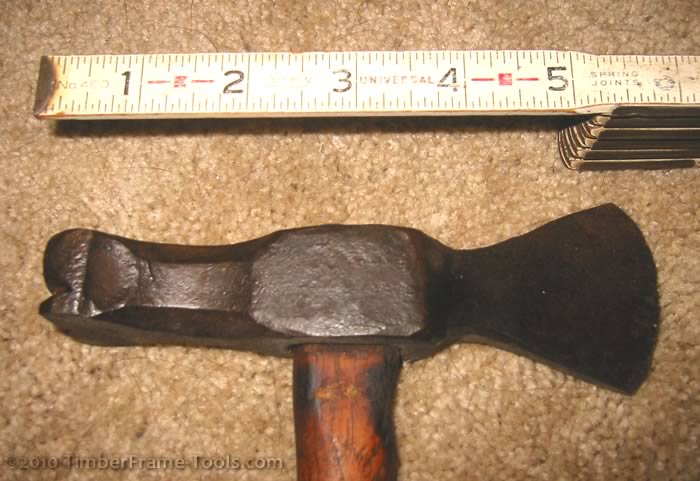
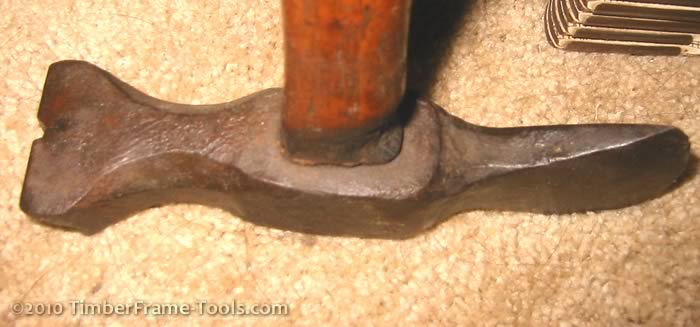
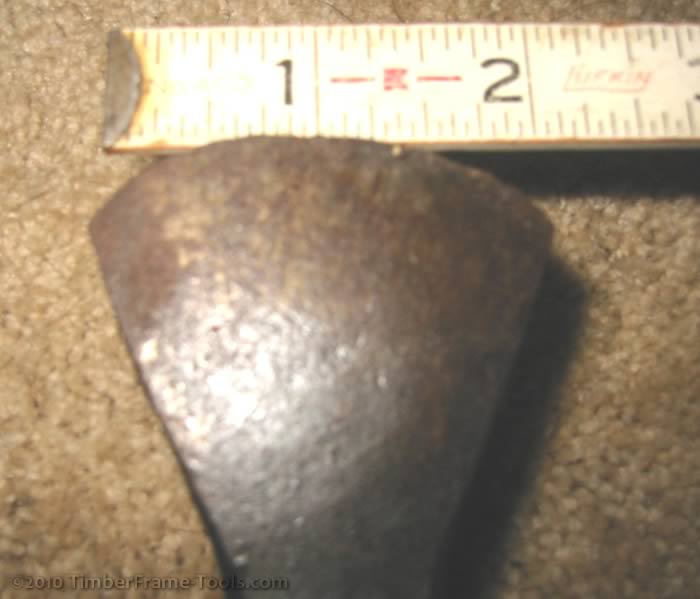
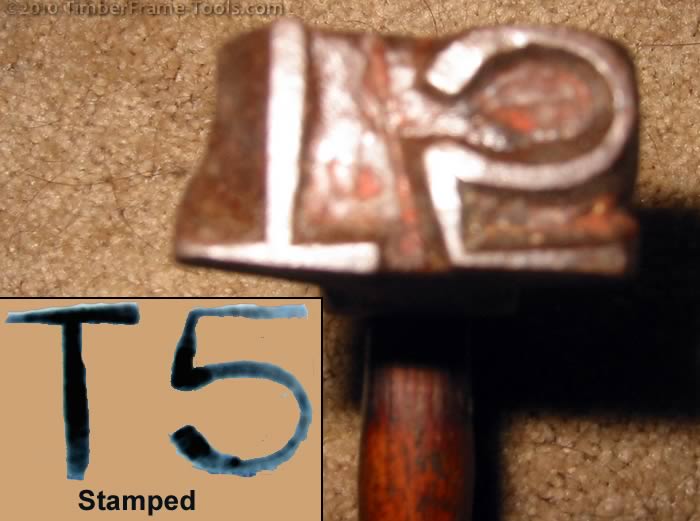
Any ideas what this was used for? Is T5 an old grade of wood or timber?
This odd hand axe belonged to my Great Grandfather (Living in Swain NY in the first half of the 1900's). He was a farmer, ran a small saw mill and made maple syrup among many other things. This hatchet may have been connected to one of these activities. If anyone knows more about this particular marking axe, I'd enjoy hearing about it.
The axe is just over 12" in length. Has a 2" rounded blade that is not sharp and appears to never have had a bevel applied to it. The iron looks hand forged (not mass produced). The handle seems rather slender for a hatchet, or even a hammer of this size. The end opposite the blade makes a stamp of "T5" if struck on a piece of wood. The only other noteworthy part about it's condition is that the handle near the iron head has some charring all the way around it.
My guess is that it may have been used for marking lumber or logs, though the wimpy blade makes me think it might have been used for something softer than wood.





Any ideas what this was used for? Is T5 an old grade of wood or timber?


